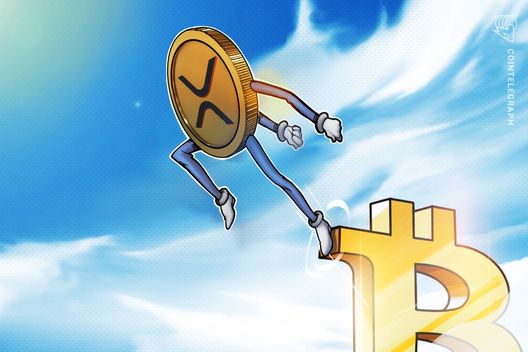Key takeaways
- The cryptocurrency market reversed its recent gains, with bullish traders losing over $800 million in the last 24 hours.
- DOGE dropped by 6% after failing to hit $0.26.
DOGE dips lower on poor PPI data
The cryptocurrency market reversed its recent gains on the back of poor PPI data from the United States. Bitcoin hit a new all-time high of $124k on Thursday but quickly reversed its gains and dropped below $119k.
Ether was trading above $2,700 during the early hours of Thursday, but has lost 2% of its value since failing to surge past its current all-time high price. Meanwhile, DOGE, the native coin of the Dogecoin blockchain, was the worst performer among the top 10 cryptocurrencies by market cap, down 6% in the last 24 hours.
The bearish performance saw DOGE test the $0.21 support zone a few hours ago. It has slightly bounced back and is now trading above $0.23 per coin.
The market slump was caused by the recent Producer Price Index (PPI) data published by the U.S. Bureau of Labor Statistics on Thursday. The PPI for final demand rose 3.3% on a yearly basis in July, higher than the 2.5% analysts expected and June’s 2.4%.
Furthermore, the annual core PPI rose 3.7% in July, up from 2.6% in June. These data raised fresh concerns around inflation in the United States and whether the Federal Reserve will cut interest rates in its upcoming FOMC meeting.
DOGE targets the $0.25 TLQ
The DOGE/USD 4-hour chart is bearish thanks to Dogecoin’s recent performance. The technical indicators show signs of fading bullish momentum, but could recover if the bulls regain control of the market.
The MACD lines are still within the positive territory, suggesting that the bears don’t have full control yet. The MACD of 54 also shows that the DOGE/USD pair has not fully flipped bearish.


If the bulls regain control, DOGE could reclaim the nearest resistance and TLQ zone at $0.256 in the coming hours or days. An extended bullish run would allow it to surge past July’s high of $0.28. However, for that to happen, DOGE’s RSI needs to stay above the neutral 50.
On the flipside, if the bearish momentum grows stronger, DOGE could drop lower and retest last week’s low of $0.1874. The bulls would defend this level fiercely, as failure to do so could see DOGE drop below $0.15 for the first time since June.
The post DOGE dips 6% as crypto bulls suffer huge losses; Check forecast appeared first on CoinJournal.



